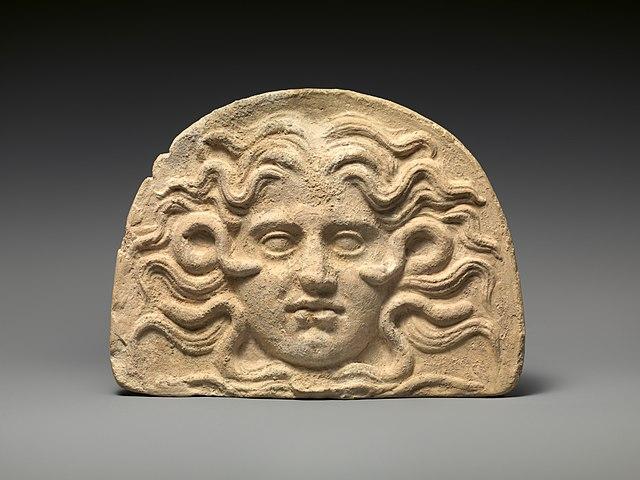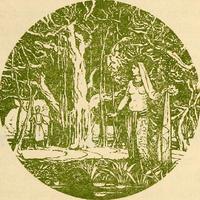Medusa is a mother
Medusa is a common mythological icon in Western society her story has been told and retold many times in many different ways over the ages. Many of these stories before the modern era were told in a less than flattering light. Misogyny has ruled over Medusa’s story showing the ugly grueling part of her nature with her most known aspect being the power to turn others into stone. While her petrifying evil eye may be an iconic part of her character her lesser-known powers also hold weight for who she is as a mythic legend. Medusa holds the power to kill with her glare but her blood also holds healing properties and with her head alone she is able to ward off enemies.
In order to understand who Medusa truly is we have to examine her from many different angles. Medusa is a monster customarily known as a Gorgon. Gorgons, like Medusa, have roots in many ancient Neolithic cultures and her origin and death may “reflects the range of spheres of the Neolithic Goddesses of birth, death, and regeneration,”. Other Gorgons in myth, such as Humbaba a gorgon from the Mesopotamic era, was also seen as “benevolent and malevolent” with the ability to give birth and cause death, making them, gorgons, apotropaic in nature. Gorgons are often seen as protectors in spite of being depicted as horrifying creatures.
Medusa’s most commonly known origin story is as follows (make this a silly little quote thing) “Medusa who was originally a ravishingly beautiful maiden, “the jealous aspiration of many suitors.” Poseidon raped her in Athena’s temple and the enraged goddess transformed Medusa’s beautiful hair to serpents and made her face so terrible to behold that the mere sight of it would turn onlookers to stone”. Medusa’s origin is one of death her stare is cursed and all those who perceive her are likely to succumb to it. When she is beheaded by Perseus she gives birth to her two children the Peagasus and Chyros; in her death she brings life. Her iconography comes from the power she holds after death because even after death she is able to provide protection; in this sense, she can be seen as an almost motherly figure.
One of the ways that Medusa remains so iconic is not only in myth but in Greco-Roman art. Medusa is often depicted as a monster with snakes for hair and fangs like a boar. While terrifying in nature this art was renowned for being able to ward off evil because of her ability to stave off evil spirits “an image of evil to repel evil” she is an old age evil eye of sorts. She is easily recognizable because she is typically portrayed staring her viewer down with “striking frontality”. Her head was also used on shields, called aegis, as a way to scare enemies in battle. It was said that even her hair held protective qualities “adding that the goddess [Athena] cut off some of the hair of Medusa and gave it to him [Cepheus] as a guard to the city.”.
Medusa in myth may be seen as a victim whose punishment was unjust and destined to live out a cruel fate but in practice, she is a protector, a symbol to ward off evil, and a mother.


